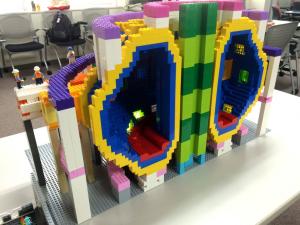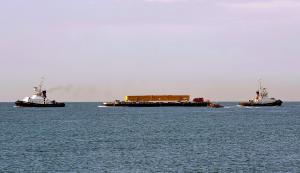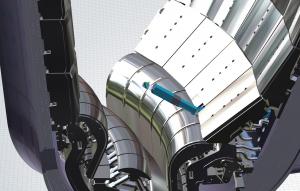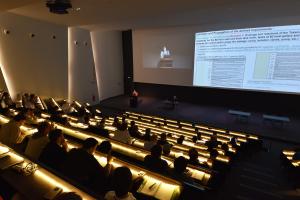What’s New
4 April 2016
ITER news digest for the period of 28 March 2016 to 4 April 2016.
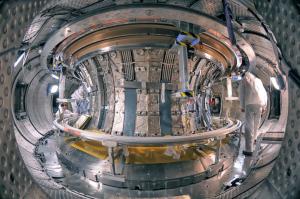
First WEST Experiment Planning Meeting
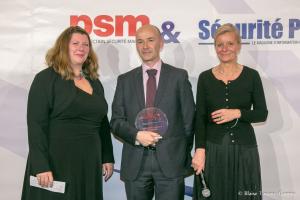
An award for ITER security head

A view from industry
